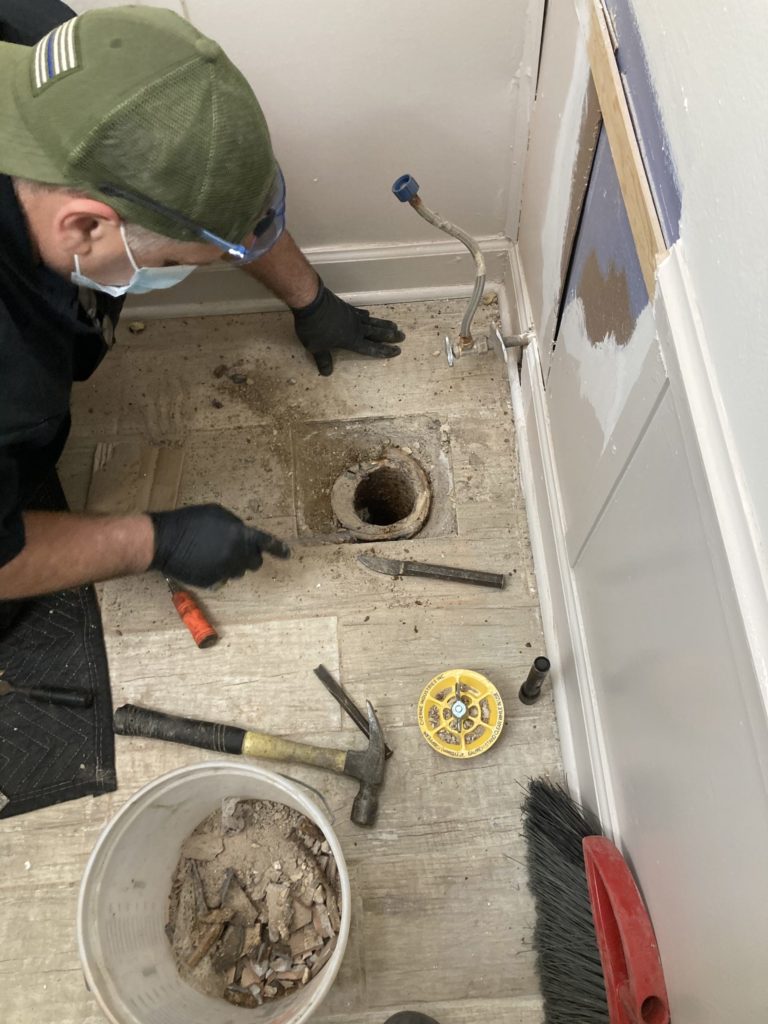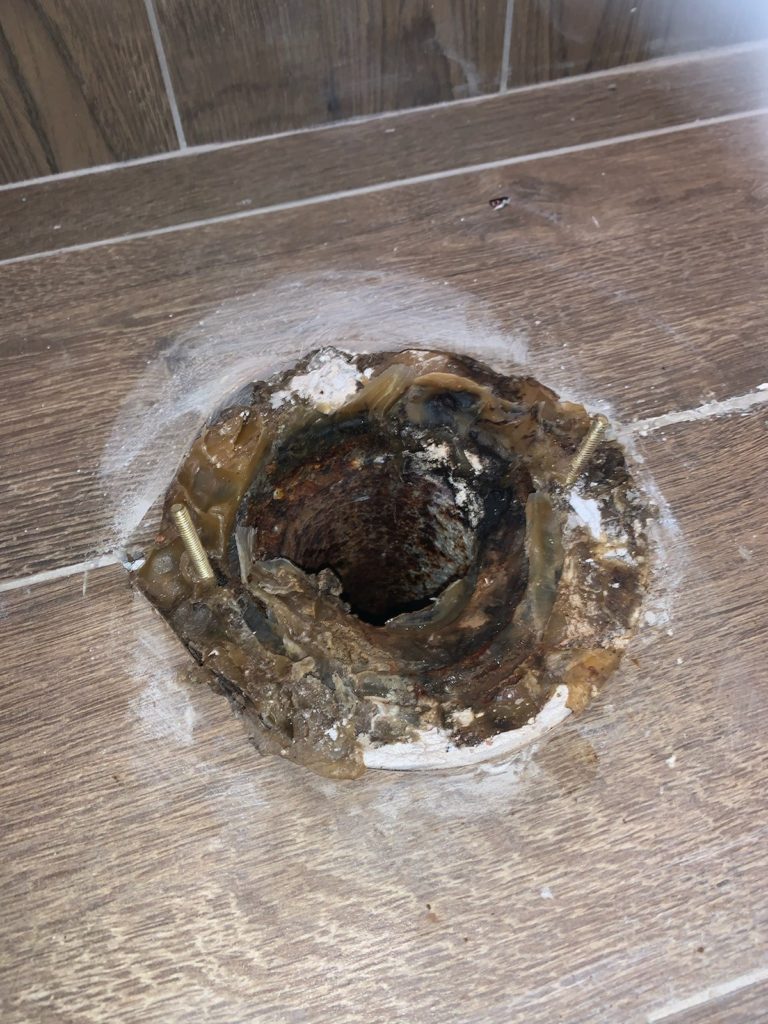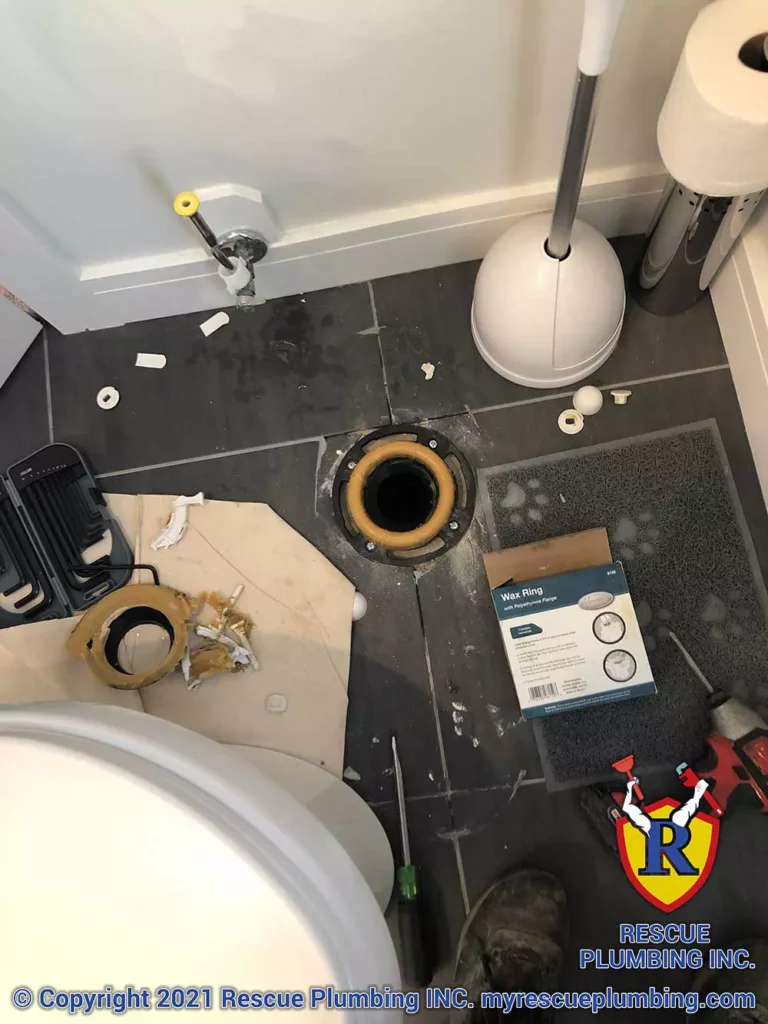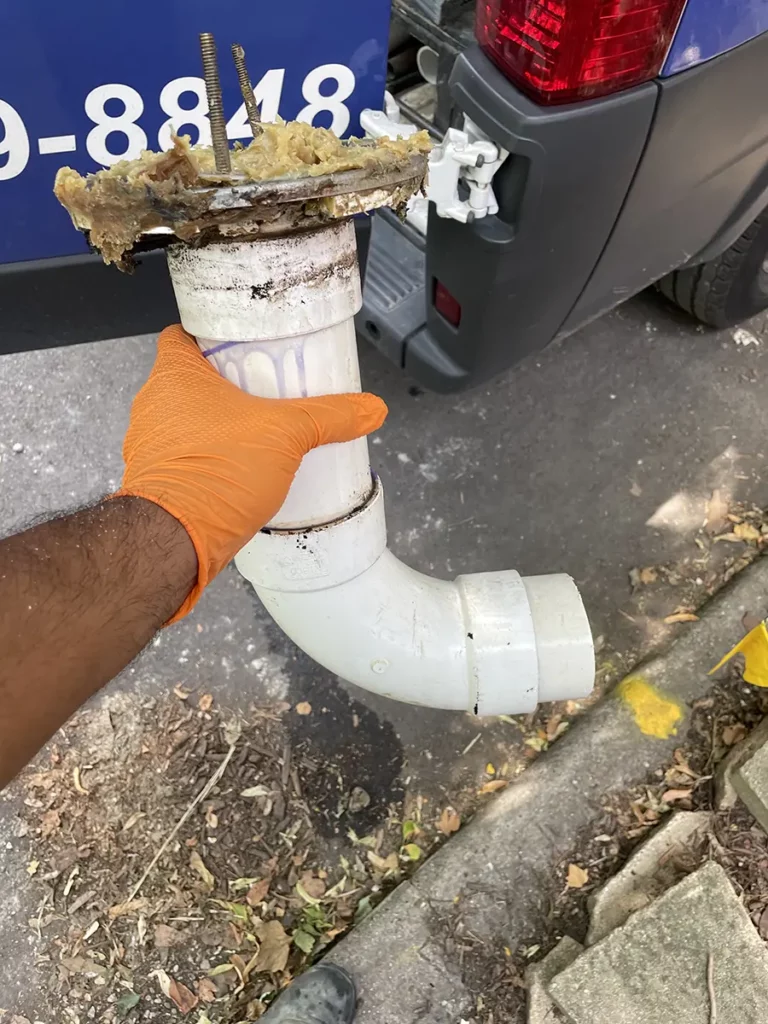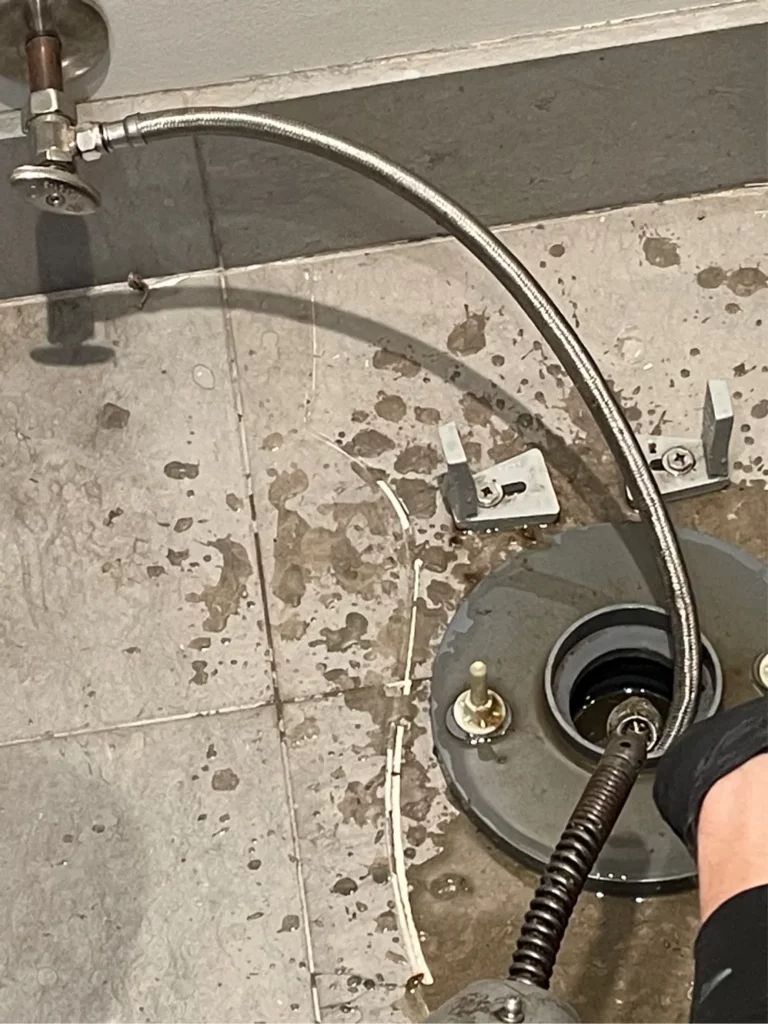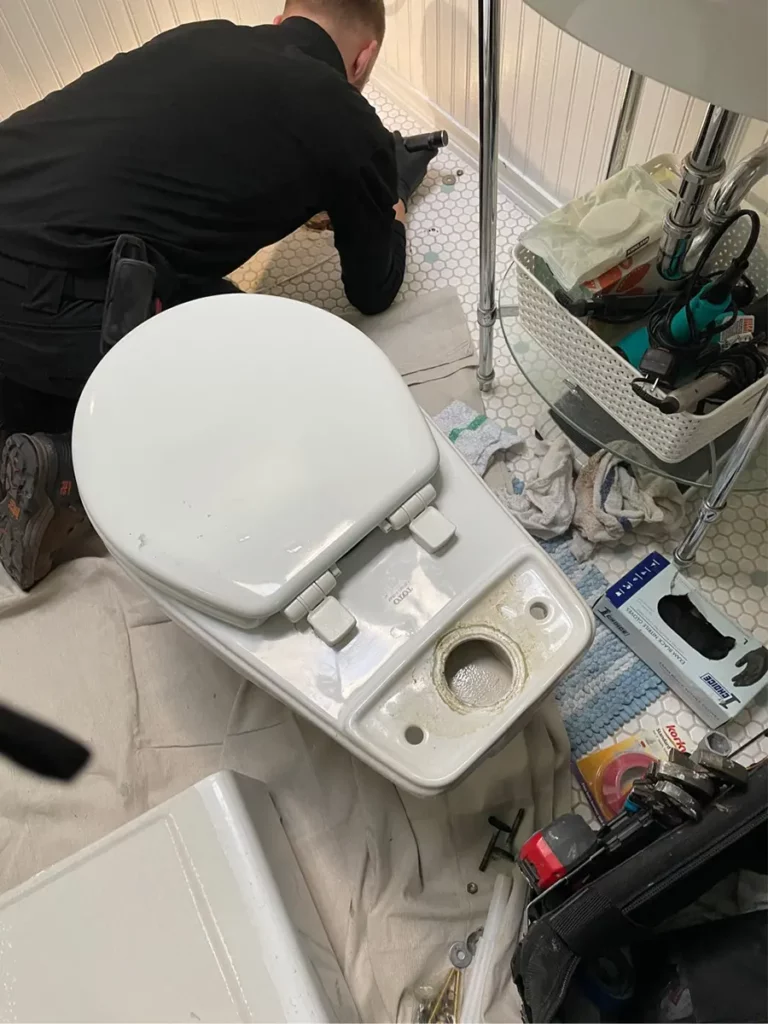What Should I Do in a Running Toilet Emergency?
A running toilet is a common household issue that often goes unnoticed until it starts affecting your water bill or the sound becomes too annoying to ignore. But is it merely an inconvenience, or could it signal a plumbing emergency? Understanding the difference can save you time, money, and stress. In this article, we’ll explore how to identify if your running toilet is a sign of a plumbing emergency and what steps you should take next.
Key Factors of a Running Toilet
Before diving into whether a running toilet is an emergency, let’s understand what causes this issue. Typically, a toilet runs due to:
- Faulty Flapper: The flapper is a rubber seal that controls water flow from the tank to the bowl. If it’s worn out or not sealing properly, it can cause the toilet to run continuously.
- Float Issues: The float controls the water level in the tank. If it’s set too high, water will overflow into the overflow tube, causing the toilet to run.
- Fill Valve Problems: A malfunctioning fill valve can also lead to a running toilet by not shutting off the water supply properly.
When is a Running Toilet a Plumbing Emergency?
Not every running toilet is a plumbing emergency, but certain scenarios warrant immediate attention. Here’s how to tell:
Significantly Increasing Water Bill
One of the first signs that your running toilet might be a problem is a spike in your water bill. A running toilet can waste up to 200 gallons of water a day, which can quickly add up. If you notice an unexplained increase in your water bill, it’s time to investigate further.
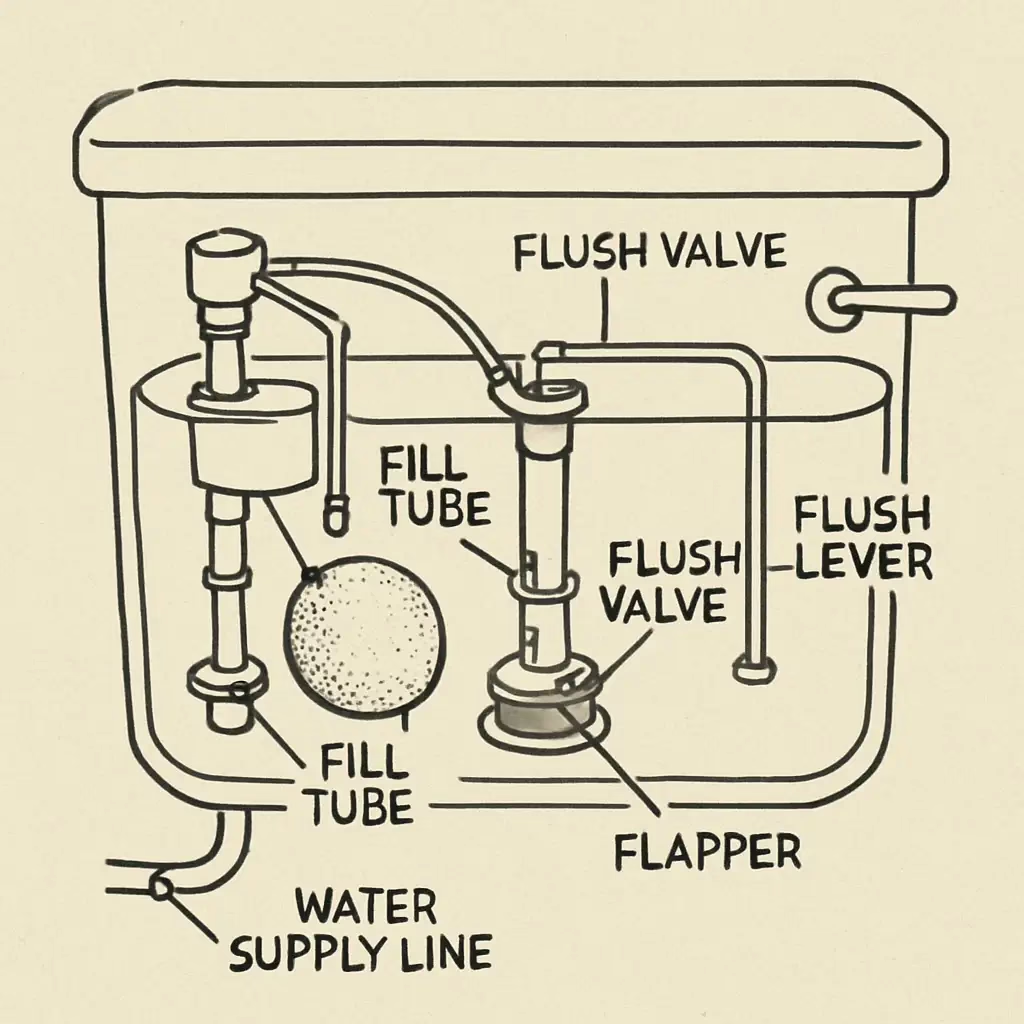
Water Damage Risks
If the continuous running causes the toilet to overflow, it could lead to water damage in your bathroom. Water seeping into the floor or walls can cause mold growth and structural damage, escalating the situation to an emergency.
Multiple Fixtures Affected
A running toilet might seem isolated, but if you notice other fixtures are also having issues, such as slow drainage or gurgling sounds, it could indicate a larger plumbing problem. This can mean there is a blockage or other issues in your sewer line that need immediate attention.
Constant Noise and Inability to Stop
If you’ve tried adjusting the flapper, float, or fill valve and the toilet continues to run, it could be a sign of a more serious issue that requires professional intervention. Persistent noise might indicate a deeper problem within your plumbing system.
Steps to Take if You Suspect an Emergency
So, you’ve determined your running toilet might be more than a minor inconvenience. What should you do next?
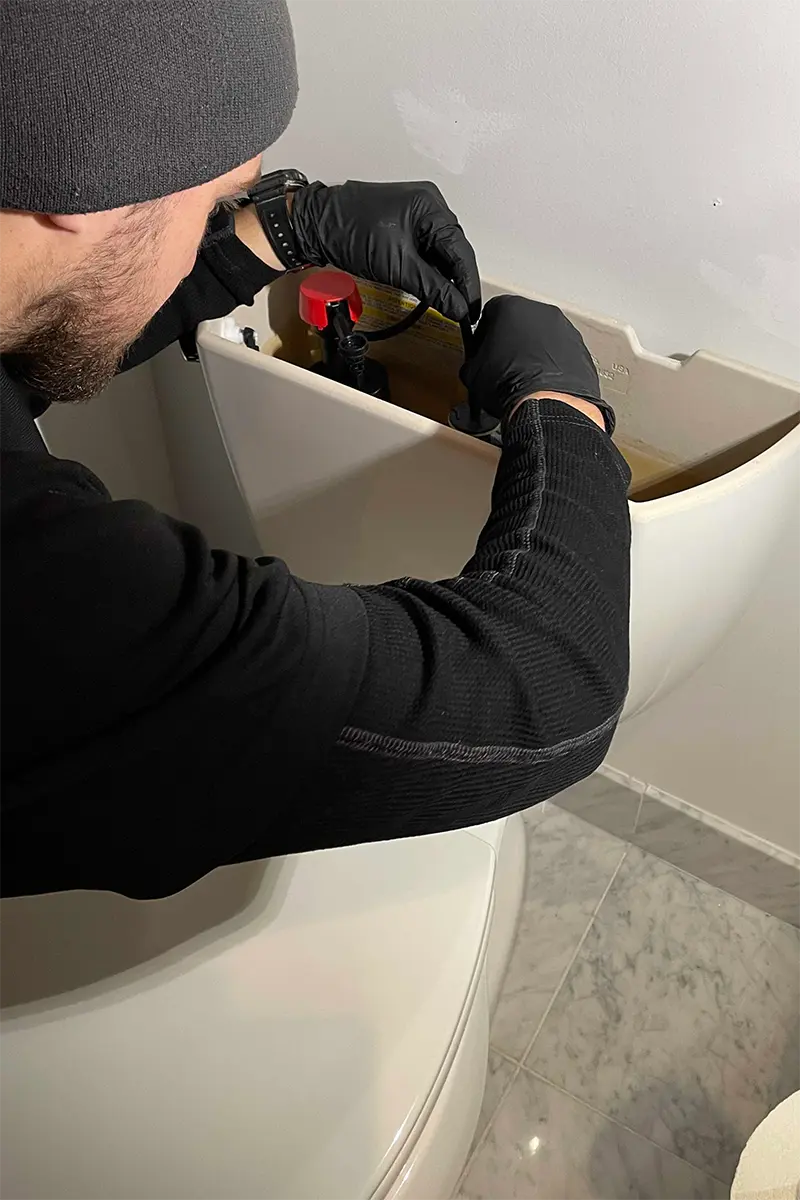
Inspect the Toilet
First, lift the tank lid and inspect the components. Check the flapper, float, and fill valve for visible issues. Sometimes, a simple adjustment or replacement of these parts can fix the problem.
Shut Off the Water Supply
To prevent further water waste or potential overflow, shut off the water supply to the toilet. The shut-off valve is usually located on the wall behind the toilet. Turn it clockwise to stop the flow of water.
Contact a Professional Plumber
If the problem persists after your initial inspection and adjustment, it’s time to call in a professional plumber. They have the expertise to diagnose and resolve complex plumbing issues that might not be visible to the untrained eye.
Preventing Future Running Toilet Issues
Once your immediate problem is resolved, consider these tips to prevent future issues:
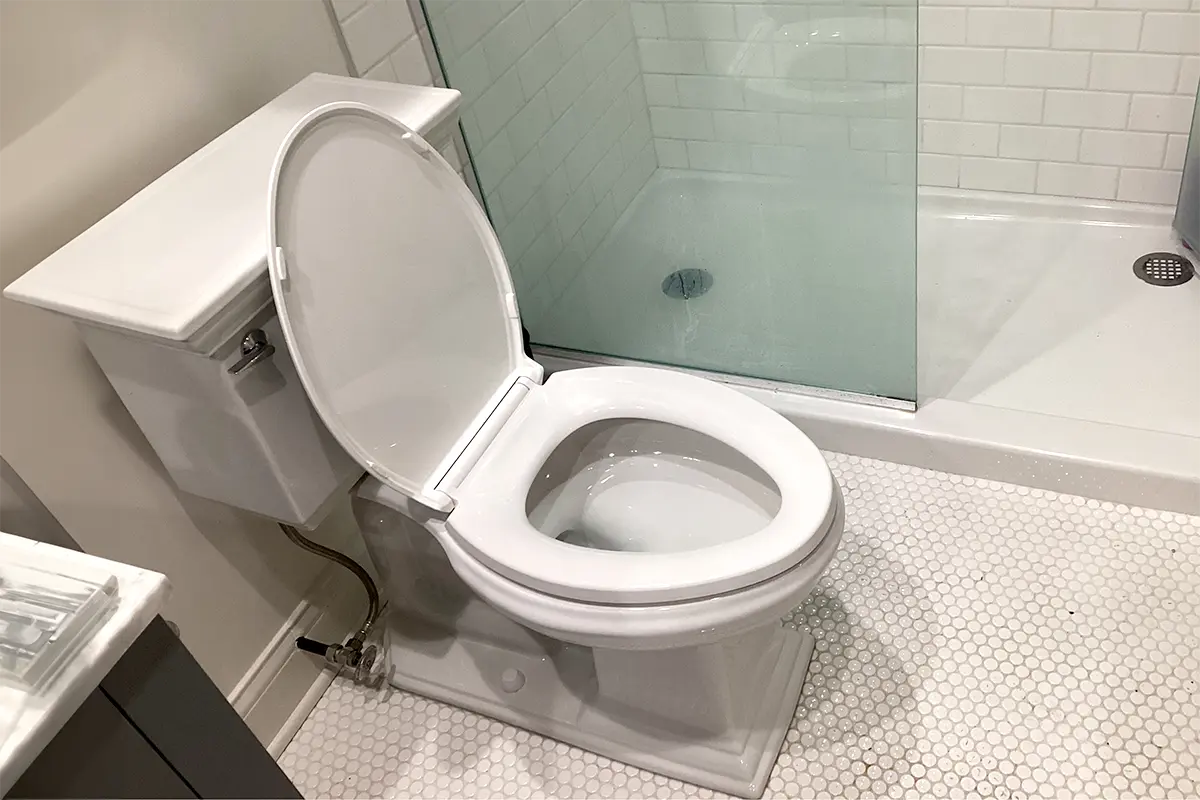
Regular Maintenance
Regularly inspect your toilet components for wear and tear. Replacing worn-out parts can prevent future running issues and extend the life of your toilet.
Install Water-Saving Devices
Consider installing a water-saving toilet or adding devices like dual flush mechanisms to reduce water usage and prevent potential overflows.
Be Mindful of What You Flush
Flushing inappropriate items can cause blockages that lead to plumbing issues. Stick to flushing only toilet paper and human waste.
Conclusion
While a running toilet
may not always be a plumbing emergency, certain signs indicate when it could be a more serious issue. By understanding the causes and knowing what to look for, you can take the necessary steps to address the problem before it escalates. Regular maintenance and mindful usage can also help prevent future plumbing emergencies. If in doubt, always consult a professional plumber to ensure your plumbing system is in good working order.
